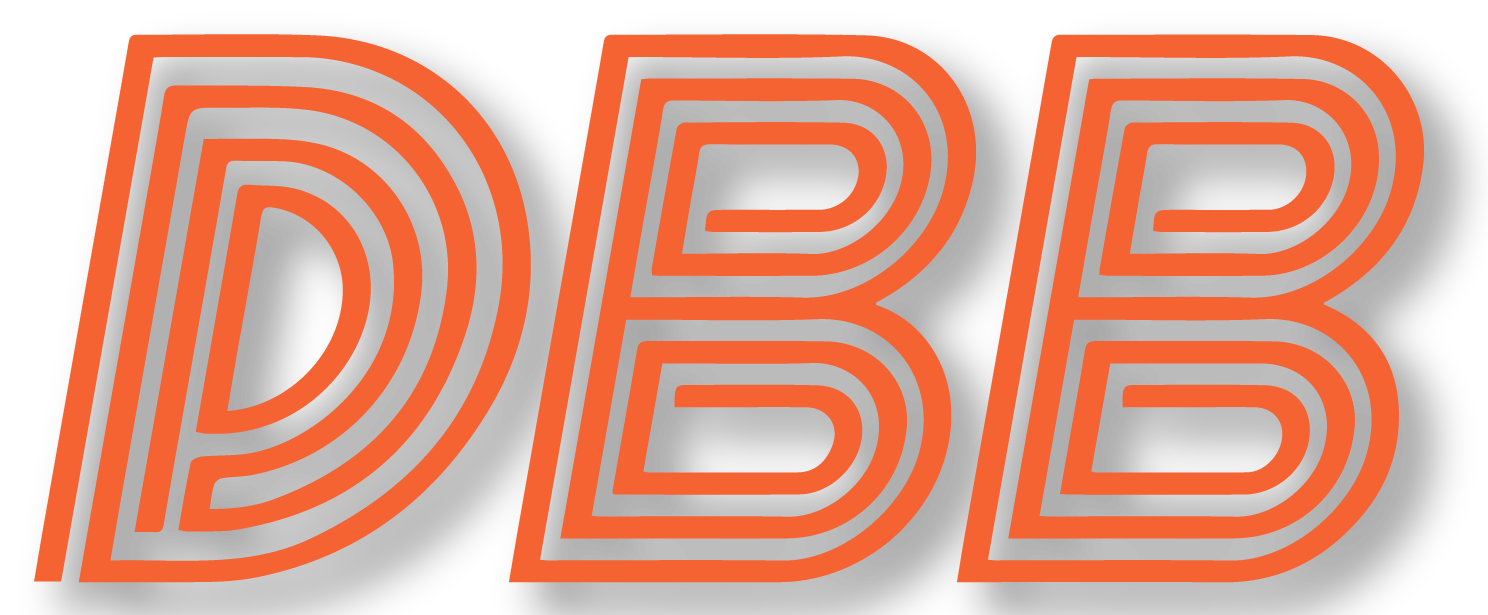
Being that they worked together in Kansas City before coming to the Chicago Bears, it was natural to ask if Ryan Poles had contact with Matt Nagy. The answer was a simple yes and the reason was “to find out where he may have messed up.”
For Nagy, and Ryan Pace, the answer very likely comes in 2018, when the team went all in on a second-year quarterback who didn’t have a particularly impressive rookie season. While Nagy didn’t draft Mitch Trubisky, it’s fair to say he wouldn’t have taken the job if he didn’t believe in the young quarterback. It’s also fair to say that Nagy signed off on the moves that followed his hiring that offseason, including trading significant draft capital for Khalil Mack.
While the strategy of investing in and building around young quarterbacks is popular around the league, the Bears are clearly bucking the trend this off-season. The previous regime gave near top of the market deals to Allen Robinson and Trey Burton, while also making Taylor Gabriel wealthy. They spent two top-51 picks on offensive players. The team was set to win, and it did, at first. They went 12-4 and were a missed field goal away from advancing to the second round of the playoffs.
Now we know it was doomed from the start.
Trubisky had his fair share of struggles during his second season, though he was good enough win games. The team had a top ten offense early in the season, but struggled down the stretch, failing to score more than 24 points in the final five games.
The Bears knew the defense would drop off, but they hoped the offense would be better. When Gabriel and Burton were hurt in Nagy’s second year it became clear that Trubisky could not lift the team. He wasn’t a franchise quarterback, but they had already invested too much in him and his supporting cast. He was their best option.
After the 12-win campaign, the team struggled with mediocrity, largely because of what was happening at the quarterback position. It wasn’t until frustration had already built up and fans were at the Halas Hall gates with torches and pitchforks that they moved on from Trubisky.
The plan was sound, the quarterback just never became what they were convinced he would. They gambled on Trubisky. They lost.
Poles isn’t gambling on Justin Fields.
Read More …











